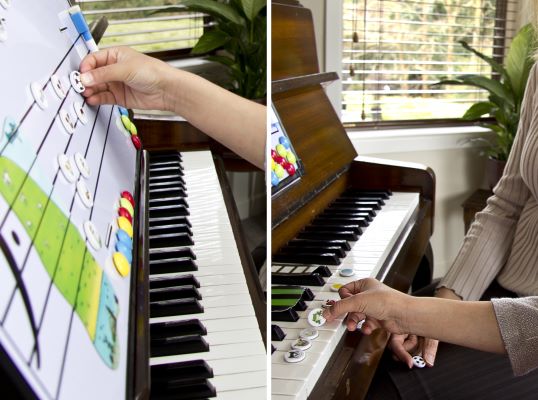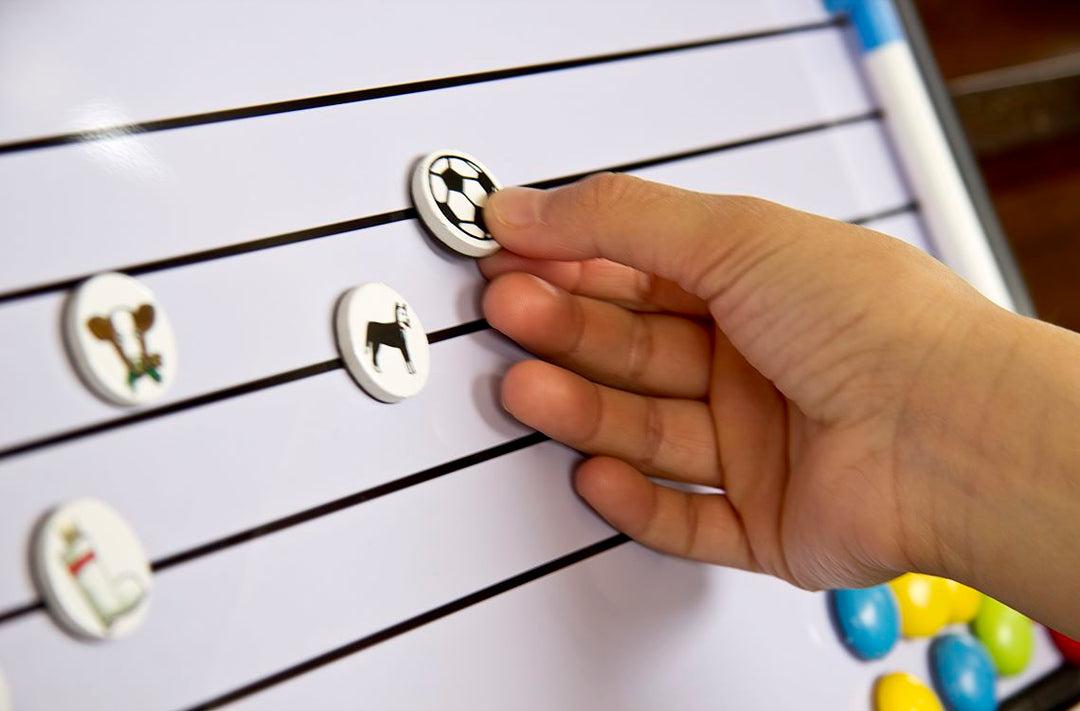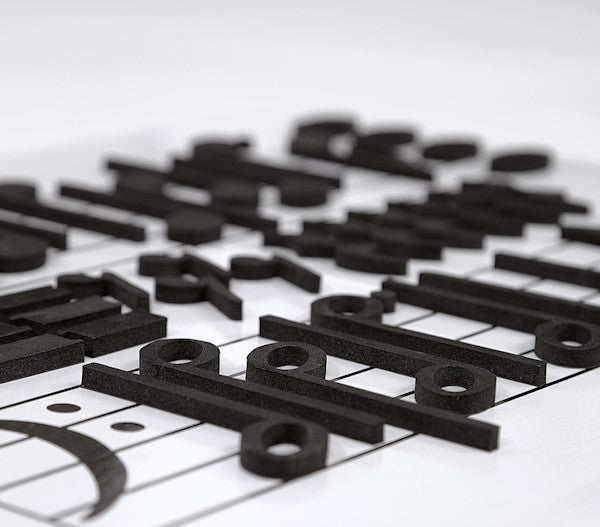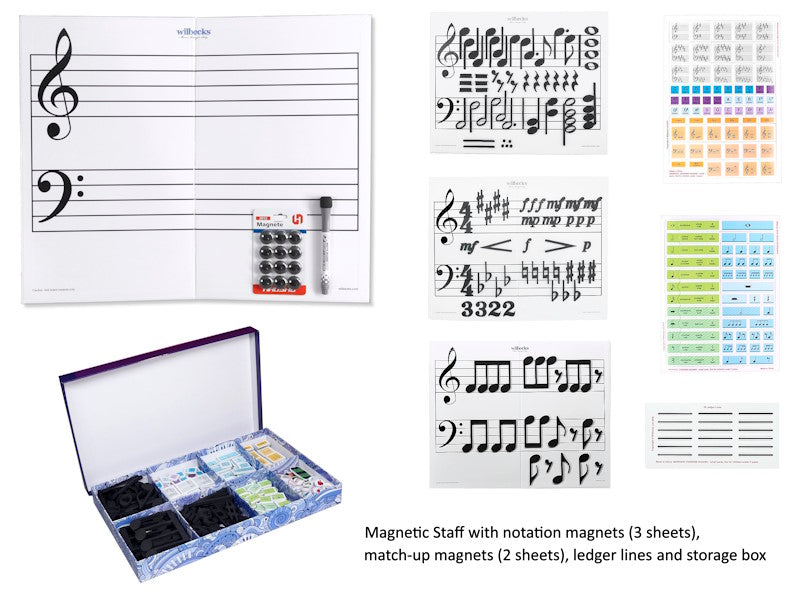How Easy Notes works - an explanation for the self-learner
Learning to read the notes can be so difficult for beginners!
One of the hardest things for a beginner is to learn is to read the notes, and yet being a good note reader is crucial to good musical progress. Knowing what the notes are on the music stave and how they relate to the keys on the piano is the ABC of music reading. It’s essential!But learning the notes can be so easy and fun!
By taking just a few minutes each time you sit down to learn you instrument, you can turn one of the hardest things to learn into the most fun and easy thing to learn!When learning is fun, learning is easy
Everyone loves stories and pictures, and playing games. When you learn in this way, learning is easy! The Easy Notes theory books use short stories to teach you what the notes are on the music stave and on the piano keyboard. For example:|
On a cold day in Treble Stave Street, the warmest, coziest place for a note to be is right in the middle of the stave, on the middle line. If you were here, you would be as ‘snug as a bug in a rug’.

|
Here a link is made between the note on the middle line of the stave, the B note, and a bug. The story and the picture of the bug on the middle line imprints the taught information into the mind and helps the learner to recall it.
Easy Notes also teaches you what the notes are on the piano, using the same characters. For example:
|
If the day warms up, Bug B flies down to the piano and sits on this lily pad with three black stripes to enjoy the sunshine. Frog F hides under the lily pad, hoping to catch a tasty treat. Watch out, Bug B!
 |
Here another story and picture teach what the notes are on each side of the three black keys. Immediately you can recall where the F and B notes are found on the piano — each side of the 3 black keys! And as well as that, the story has connected the B note on the stave to the B note on the piano, with Bug B flying down from the middle line of the stave to sit on the note above the lily pad.
Instant recognition of the notes
Learning the music notes using stories will enable you to instantly recognize the notes on the stave and connect them to the piano. This is because the stories link to each note’s position on the stave and on the piano. This simple approach will save you from having to use cumbersome strategies, such as counting up lines and spaces with mnemonics like 'Every Good Boy Does Fine' (the traditional way of learning to read music). And, in connecting the notes on the stave to the notes on the piano, the stories go further than mnemonics, making them a much more powerful learning tool — see Learn how to read music with mnemonics - the trouble with mnemonics.Four octaves of notes 
The Easy Notes Level 1 and Level 2 theory books teach four octaves of notes using characters and stories.
- Level 1 teaches the C-position and G-position notes on the stave and on the piano.
- Level 2 teaches middle C-position, high G-position and the outer ledger line notes on the stave and on the piano.
Exercises to practice the notes
Once a note is introduced in the Easy Notes theory books, it is continually repeated and confirmed through stories, pictures, and exercises.

Flashcards for further note practice
The theory books also come with a full set of note flashcards for further note practice. The flashcards have clues and pictures on the back related to the stories. If you can't recall the note then you can read the clue to jog your memory. This enables you to revise the notes, and confirms what you have learned in the Easy Notes books.Hands-on activity to boost the learning process
 It’s a well-known fact that physical hands-on activity greatly enhances the process of learning something new. The Easy Notes Kit enables you to enhance your learning to read music through hands-on activity.
It’s a well-known fact that physical hands-on activity greatly enhances the process of learning something new. The Easy Notes Kit enables you to enhance your learning to read music through hands-on activity.
The Kit includes Character Magnets, which relate to the stories in the theory books. You can practice the notes you have learned by placing the magnets on the Magnetic Stave and also on the keys of the piano. This gets you moving and engaging with the content you have learned, which helps to stimulate the brain to absorb more.
Plenty of repetition leading to assimilation
Therefore, when working through the Easy Notes theory books, you are exposed to continual repetition and practice of the notes you are learning. After enough repetition you won't need the characters or stories anymore because in your mind the notes on the stave, the notes on the piano and the note names are firmly linked. The characters and stories are simply the vehicle to get you to that knowledge — see Learning music by association.
Also teaches rhythm and dynamics
As well as teaching four octaves of notes, Easy Notes also teaches rhythm and dynamics through stories. For example:
When things are taught in this way it makes the learning process so easy!
Can be used with any piano lesson book
The Easy Notes books are theory books, and can be used in conjunction with any piano lesson books. Easy Notes teaches the ABC of music reading, and develops this essential skill, whereas the piano lesson book will have the music that you will learn to read and play on your instrument — see Piano lesson books Easy Notes works with.It really works
Easy Notes is an up-to-date, fun, engaging, motivating and effective way for beginners to learn how to read the music notes. It really works! — see Why is Easy Notes so effective? You’ll find that working through Easy Notes is an excellent time-investment which starts paying off immediately, enabling you to read music easily and have fun learning to do it! Just turn to the first page and begin!
You’ll find that working through Easy Notes is an excellent time-investment which starts paying off immediately, enabling you to read music easily and have fun learning to do it! Just turn to the first page and begin! We have received so much feedback over the years attesting to the success of Easy Notes with children as young as four years old, through to teenagers and adults — read some of it here.
Find out more
How Easy Notes Works - an explanation for music teachersThe trouble with mnemonics!
Why is Easy Notes so effective?
Learning music by association
A better way to learn music - tell me a story
Piano lesson books Easy Notes works with
Your feedback and successes using Easy Notes
SHOP






